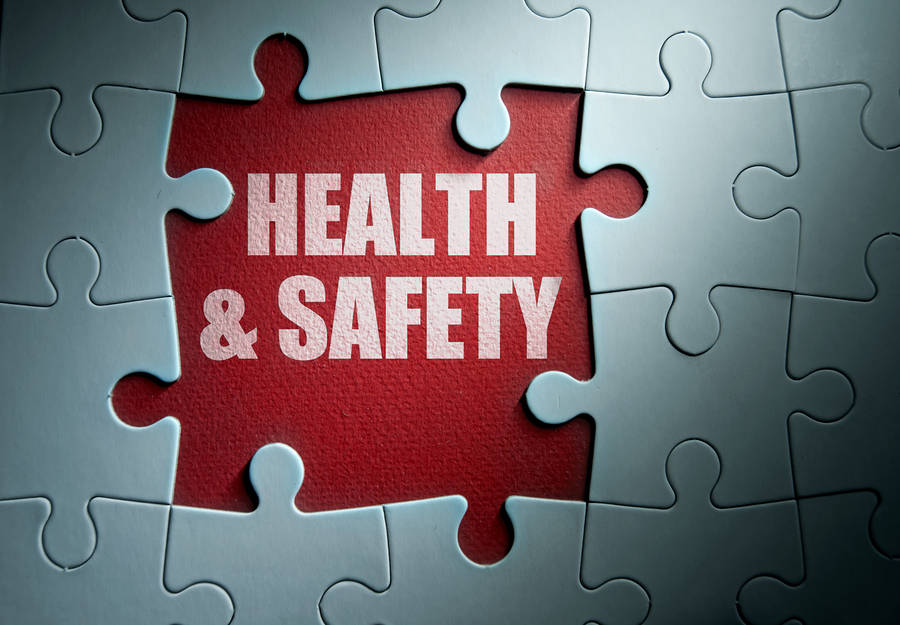The business case for Workplace Health and Safety (WHS)
According to Safe Work Australia (SWA), the business operations cost for a worker who suffers any type of injury or disease from work is about $6,800.
However, the cost of a workplace incident can have far-reaching financial consequence not accounted for in these figures – outlined in Figure 1.1.
Included in SWA’s cost analysis is sick leave, overtime and excess payments, medical and legal costs, as well as employer investigation costs (see Figure 1.2).
It does not, however, include the impacts that may follow a workplace accident such as poor employee morale, absenteeism, reduced productivity, increased insurance premiums, negative customer relations and the loss of business reputation.
| Figure 1.1: Average costs ($ per incident) to employers* for work-related incidents, Source Safe Work Australia, The cost of work-related injury, 2008-09 | ||||||
| Short Absence | Long Absence | Partial Incapacity | Full Incapacity | Fatality | Average | |
| Injury | $ 630 | $ 7,950 | $ 16,160 | $ 16,970 | $ 25,000 | $ 3,930 |
| Disease | $ 770 | $ 9,910 | $ 12,170 | $ 14,800 | $ 63,350 | $ 9,670 |
| Figure 1.2 Economic costs borne by the employer. Source Safe Work Australia, The cost of work-related injury, 2008-09 | ||
| Conceptual Group | Total | Employer |
| Production Disturbance Costs | Value of production (inc overtime) | Overtime premium |
| Employer Excess payments | ||
| Sick Leave | ||
| Staff Turnover Costs | Staff Turnover Costs | |
| Medical Costs | Medical and rehabilitation costs incurred as a result of the injury | Threshold medical payments |
| Administrative Costs | Legal Costs | Real legal costs incurred plus fines and penalties |
| Investigation costs | Employer investigation costs | |
*The cost to the worker or the community, in the case of serious injuries resulting in partial or full incapacity, is up to 90 times more than the cost borne by the employer. Read more about the impact of a workplace injury on workers.
A separate 2014 SWA report on WHS Workplace Health and Safety, Business Productivity and Sustainability discusses research consistently finding a significant relationship between poor WHS performance and lower productivity, competitiveness, reduced shareholder value as well as greater pubic scrutiny.
They cite 2009 research that found “when organisations fail to manage health and wellness well, they are four times more likely to lose talent within the next twelve months.”
Conversely, investing in the health and safety of workers provides significant return on investment – a 581% return according to an Australian Government Comcare report.
Part of this comes from the increased productivity of healthy workers, which is almost three times greater than that of unhealthy workers.
Drive sales with safety
The 2014 SWA report discusses recent research exploring the ways “in which voluntary WHS investment beyond legal compliance might be used as a business strategy to enhance organisational reputation, profitability and customer satisfaction.”
Research findings show that consumers prefer to purchase from organisations committed to good working conditions, and that WHS performance is linked to customer satisfaction.
Further research cited in the report concludes that “organisations with successful safety programs within high-risk industries, such as construction, can promote safety alongside other performance records as a sustainable competitive advantage.”
With a growing ethical consumer movement, investing in WHS can be used as a means to position a business in competitive markets, similar to how green businesses have differentiatied themselves with sustainable environmental practices, the report states.
From the top
With management being one of the most significant factors in shaping the behaviour of employees and their perceptions of risk, it is crucial that they drive WHS processes that will ultimately enhance production and performance.
WHS critical to small business:
The 2014 SWA report states that WHS performance of small and medium businesses (SMEs) is significantly poorer when compared with the performance of larger firms. The report also states that workers in small businesses are more tolerant of workplace hazards and inadequate WHS investment.
However, the business case for WHS investment by SMEs is even more significant, according to SWA. They stated that resource-poor SMEs are less able to deal with the business disruptions caused by a workplace incident which results in an amplification of the related costs of that incident.
Worksafe Queensland’s Injury Cost Calculator:
The Worksafe Queensland Injury Cost Calculator measures the cost of an incident including investigation, downtime and damage costs, staff replacement and productivity costs. It does not account for reduced employee morale, absenteeism, negative customer relations and business reputation.









































































